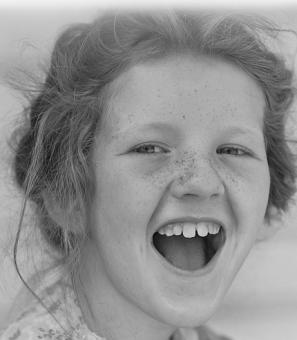Exploring Local African American History Beyond the New Smithsonian Museum
If you live in the Washington, D.C. metropolitan area and you are interested in visiting the Smithsonian National Museum of African American History and Culture (NMAAHC) but have not secured tickets yet, this might be a great time to explore the many African American history focused museums, cultural centers and historic houses in Washington, D.C., Virginia and Maryland.
Washington, D.C.
Dedicated in 1998, the African American Civil War Memorial and Museum in Washington, D.C. preserves and commemorates the stories of the United States Colored Troops and civilian African Americans who participated in the American Civil War. The memorial which stands in the “U” Street district includes The Spirit of Freedom statue and Wall of Honor. At a height of ten feet, the sculpture portrays uniformed soldiers and a sailor on the front and an African American family on the back. Over 200,000 names of fallen United States Colored Troops are etched into the 166 stainless steel plaques on The Wall of Honor surrounding the statue. The museum first opened in January 1999 but in April 2011 the museum moved to its current location within the Grimke Building. The museum provides teachers, scholars, and descendants of USCT soldiers with educational resources and opportunities to participate in educational programs and special events. The museum has helped to revitalize the “U” Street neighborhood as a center of African American History.
Visit the African American Civil War Memorial and Museum website »
The African American Cultural Heritage Trail includes fifteen self-guided walking tours of historic places in Washington, D.C. that are particularly significant to the city’s African American history. The trail is a project of Cultural Tourism DC in cooperation with the Office of Planning and the Historic Preservation Office in Washington, DC. The fifteen trail titles include: “Greater U Street,” “LeDetroit Park,” “Logan Circle,” “Mount Vernon Square and Shaw,” “Downtown.” According to the Cultural Tourism DC website, the sites along the trails “were chosen based on their ability to tell multiple stories of African American history and culture.” Some examples of “firsts” and important historical sites include the Thurgood Marshall Center for Service and Heritage/12th Street YMCA Site, which was the nation’s first black YMCA located at 1816 12th St. NW and the Mary Church Terrell and Robert H. Terrell Residence at 326 T Street, NW.
Visit the trail link to access the trail booklet »
Visit the Cultural Tourism DC website to learn about all DC trails »
As one of the nineteen Smithsonian Museums, the Anacostia Community Museum located at 1901 Fort Pl SE is a unique site in the Smithsonian Institution. Originally founded in 1967 as the Anacostia Neighborhood Museum, it focuses specifically on neighborhood issues and local history in the predominantly African American community of southeast Washington, D.C. From 1967 until 1989 social activist and pastor John Kinard served as the director and grew the museum’s outreach efforts. Today the museum boasts educational programs and resources for educators, students, and researchers in addition to permanent and traveling exhibits that reflect the local African American community.
Visit the Anacostia Community Museum website »
The Decatur House and Slave Quarters located in Washington, D.C. at 748 Jackson Place, NW was home to foreign and American dignities as well as both free and enslaved servants since the early 19th century. One of the most notable owners of the house was John Gadsby who owned between 15-21 enslaved people. While some of the slaves may have worked in the Decatur House, others worked at Mr. Gadsby’s Hotel: The National Hotel. The house was also home to Secretary of State Henry Clay from 1825-1829 and while living there one of his slaves named Charlotte Dupuy sued Clay for her freedom. Although she lost the legal battle for freedom, her actions make the location an important site for local African American history. According to the White House Historical Association, the Slave Quarters are one of only a few remaining examples of slave quarters in an urban setting and are preserved physical evidence that African Americans were held in bondage in sight of the White House. The White House Historical Association offers tours of the House and the Slave Quarters in addition to public programs and events.
Visit the Decatur House and Slave Quarters website »
One of the most iconic buildings on the Howard University campus-the Founder’s Library-located between the Lower and Upper Quads at 500 Howard Pl NW Washington, D.C. houses the Howard University Museum and the Moorland-Spingarn Research Center. Designed by architect Albert I. Cassel and completed and dedicated in 1939, the Founder’s Library is considered the “hub of intellectual life on campus” and was given National Historic Landmark status. The library is open to the public. The Howard University Museum a teaching museum that selects, exhibits, preserves, and interprets artifacts and documents of the history and culture of people of African descent. The Moorland-Spingarn Research Center began in 1914 when Dr. Jesse E. Moreland donated his private library to the university library. The research center houses a Rare Books Collection, a Manuscript Division, and the Howard University Archives. The Research center is considered to be one of the “world’s premiere centers for the study of the Black experience.”
Visit the Founder’s Library website.
To learn of the legacy of one of the most historically significant African Americans: Frederick Douglass visit the Frederick Douglass National Historic Site in DC’s Anacostia neighborhood. The site includes Douglass’s house — Cedar Hill —and a collection of books and family heirlooms. Built between 1855 and 1859 by architect John Welsh Van Hook and later sold to Frederick Douglass in 1877, the house was owned by the descendants of Frederick Douglass until 1903 when it was acquired by the Frederick Douglass Memorial and Historical Association. The estate became a unit of the National Park Service in 1962. While the house originally had between 6-14 rooms, Mr. Douglass made a series of additions during his life and by the time he died, it was a 21-room mansion. Since Frederick Douglass’ death, more renovations and additions have been made. In addition to the house, the library onsite has an extensive collection of objects and artifacts that were owned by the Douglass family. The museum offers visitors many opportunities to learn about the history of Frederick Douglass and African Americans during the 19th century through guided tours, kids & youth contests, virtual tours of the historic site, educational resources, and online exhibits.
Visit the Frederick Douglass National Historic Site website »
Opened on August 22, 1910, the Howard Theatre at 620 T St. NW Washington, D.C. was one of the first in the country to showcase African American artists. The theatre originally featured vaudeville, live theatre, and talent shows. Some musicians who performed at the theatre include: Duke Ellington, Ella Fitzgerald, Sammy Davis, Jr., James Brown, The Supremes, Stevie Wonder, Marvin Gaye, and Chuck Brown. The theatre has been renovated several times in 1941, 1972, and 2012. In 2006 the Howard Theatre Restoration was formed to raise funds for the restoration and the construction of the new Howard Theatre Culture and Education Center, which houses a museum, classrooms, a listening library, recording studio, and offices.
Visit the Howard Theatre website »
The Mary McLeod Bethune Council House National Historic Site located at 1318 Vermont Avenue NW was occupied by Bethune from 1943-1955 and was the first headquarters of the National Council of Negro Women, which Bethune founded. The house became a designated National Historic Site on October 15, 1982 but was not opened to the public as a national park system site until October 1, 1995. Today, the mission of the historic site is to, “interpret the life and legacy of Mary McLeod Bethune.” The site offers guided tours of the historic Council House, special programs about the history of women’s rights and civil rights in America in addition to the National Archives for Black Women’s History.
Visit the Mary McLeod Bethune Council House National Historic Site website »
Virginia
The Alexandria Black History Museum consists of three properties that include the Alexandria Black History Museum, the Watson Reading room, and the Alexandria African American Heritage Park. One of the two exhibition galleries in the museum is the historic Robert H. Robinson Library that was originally constructed in 1940 following a sit-in at the segregated Alexandria Library. The Watson Reading Room, established in 1995, provides an environment for learning about the diversity of African American cultural traditions. The African American Heritage Park is a nine-acre green space and wetland that offers a place for celebration, commemoration and quiet reflection. Visitors can listen to oral histories of the lives of local Alexandrian’s and visit the Contrabands & Freedmen Cemetery Memorial. Museum goers can also enjoy the permanent and temporary exhibits on display at the museum.
Visit the Alexandria Black History Museum website »
Previously known as the Custis-Lee Mansion, the Arlington House/The Robert E. Lee Memorial/Arlington National Cemetery and Enslaved Quarters located in Arlington, Virginia was built in the early 19th century by slaves belonging to George Washington Parke Custis, the step-grandson and adopted son of President Georg Washington. Custis’s daughter, Mary, married Robert E. Lee in 1831, and the two raised their family on the estate, which was also home to as many as 63 slaves. Visitors to Arlington House can go inside the surviving slave quarters and see exhibits detailing the lives of slaves, many of whom would settle in Arlington County after Emancipation.
Visit the Arlington House website »
The Mount Vernon Slavery Memorial is located on the grounds of George Washington’s Mount Vernon in Alexandria, VA. The ground underneath the memorial was used as a cemetery for slaves and a few free blacks who worked at Mount Vernon in the 18th and 19th centuries. Two slaves who are thought to have been buried in the cemetery include William Lee — who was George Washington’s personal servant during the Revolutionary War, and West Ford — who worked as a manager for the Washington Estate until 1802. The three steps leading up to the column are inscribed, ‘Faith’, ‘Hope’ and ‘Love.’ The face of the column reads, “In memory of Afro Americans who served as slaves at Mount Vernon.” The memorial-designed by students at Howard University’s Architectural School-was dedicated and opened to the public on September 21, 1983.
Visit the Mount Vernon Slavery Memorial page on the Mount Vernon website »
Maryland
The Banneker-Douglass Museum in Annapolis, MD is a museum is dedicated to preserving Maryland’s African American history and was named after two influential African Americans: Benjamin Banneker, an accomplished mathematician, scientist, and civil rights activist; and Frederick Douglass, an eloquent speaker, civil rights leader and women rights activist. The museum first opened in 1971 within the Mount Moriah African Methodist Episcopal Church but was subsequently closed when it was leased to the Maryland Commission on African-American History and Culture. The church was renovated into a museum and reopened on February 24, 1984. The museum has been committed to collaborating with members of the local community to increase and enhance their collection and create exhibits that are representative of the African American population. The museum offers self-guided tours. Additionally, the museum houses the Sylvia Gaither Garrison Library home to two sizeable collections of Maryland’s African American Heritage from the 1780s to the 1980s.
Visit the Banneker-Douglass Museum website »
The Harriet Tubman Museum and Educational Center in Cambridge, MD focuses on 19th century African American history related to slavery, the Underground Railroad, the Civil War and the Post-Civil War period. Located just a few miles from the farm where Underground Railroad heroine Harriet Tubman grew up, the museum and the educational center offer group tours and resources for educators and students. The museum is one of the stops on the Harriet Tubman Underground Railroad Byway, a 125-mile road self-guided tour along Maryland’s Eastern shore that recounts the life story of Tubman and her contributions to the Underground Railroad and the Abolitionist Movement during the 19th century.
Visit the Harriet Tubman Museum and Educational Center website »
Visit the Harriet Tubman Underground Railroad Byway website »
The Oakley Cabin African American Museum and Park in Brookeville, Maryland is a 19th century cabin and park that teaches visitors about local African American history. Originally part of the Oakley farm owned by Revolutionary War hero Colonel Richard Brooke, the Oakley cabin was the center of an African American community from the mid 19th century-20th century. The three cabins on the Oakley property were owned by various people, white and black, over time. Today the cabin operates as a living history museum that provides hands-on learning history experiences for all ages. The park features the Newlin’s Mill pond, a walking trail, a plethora of flora, wildlife, and stone quarries. Every 2nd and 4th weekend of the month free guided tours are available for visitors and large group tours can be arranged upon request.
Visit the Oakley Cabin African American Museum and Park website »
Prince George’s African American Museum and Cultural Center is located at 4519 Rhode Island Avenue in North Brentwood, MD, the first town in Prince George’s County to be settled by African Americans. The museum’s mission is “to raise awareness of the cultural and historical significance of African Americans in Prince George’s County, Maryland.” The museum and cultural center achieve their goal by providing visitors with a vast array of exhibits, community programs, guided tours, and workshops. Some community programs include Genealogy Workshops, “Culture Keepers” ( a series of middle & high school visual and performing arts projects that teach local history), and “History Keepers” (an Africana Museum Studies Internship for College Students).
Visit the Prince George’s African American Museum and Cultural Center website »


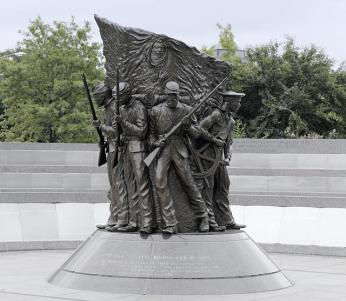
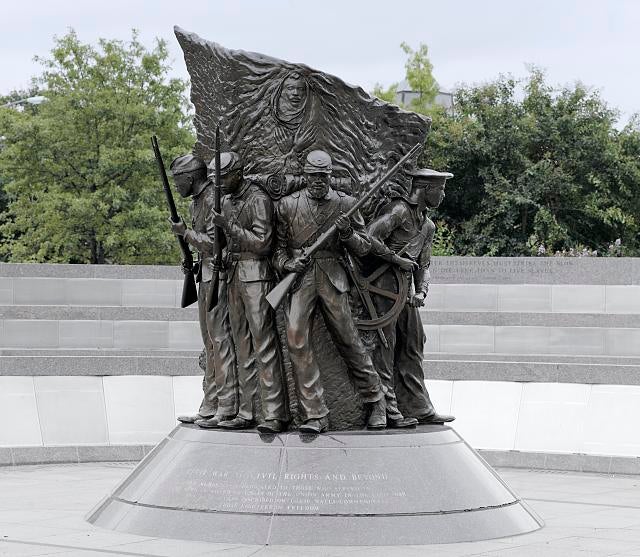
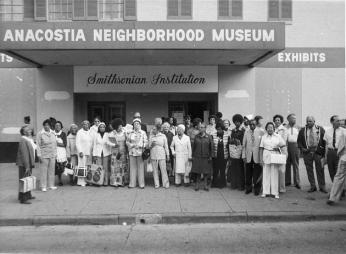
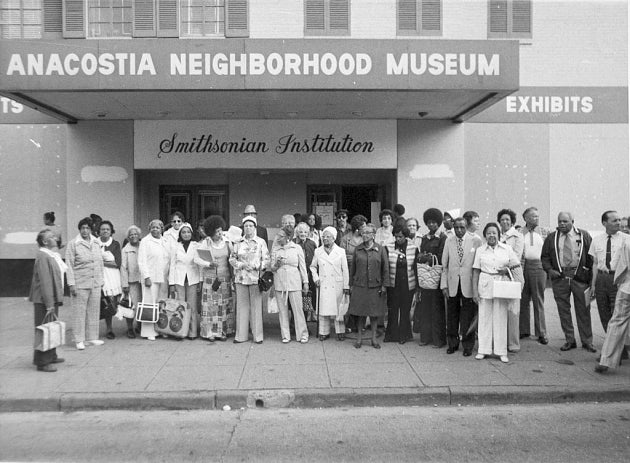
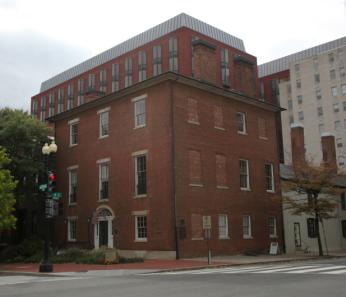
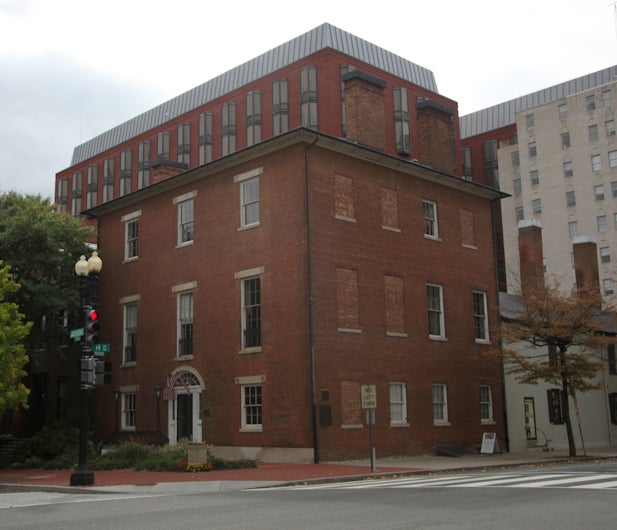
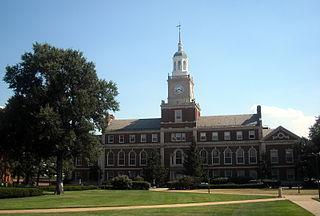
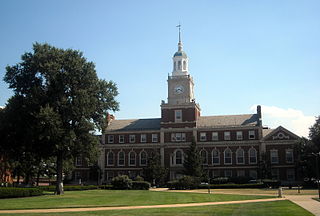
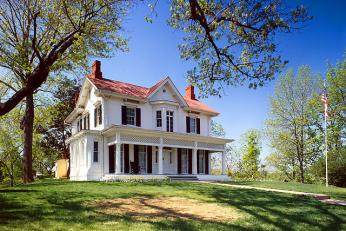
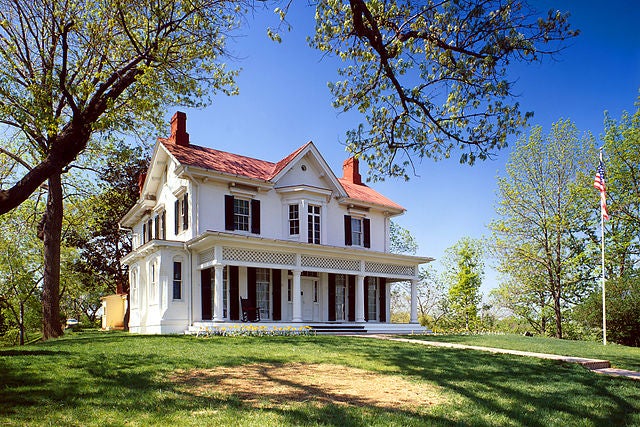
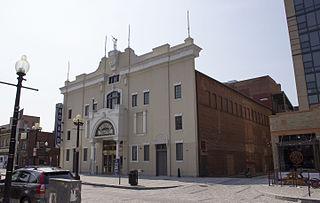
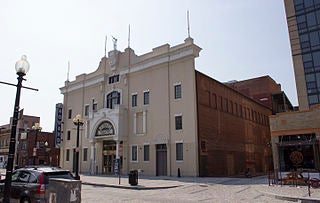
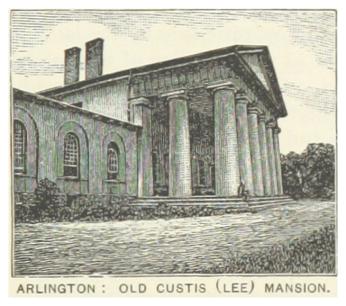
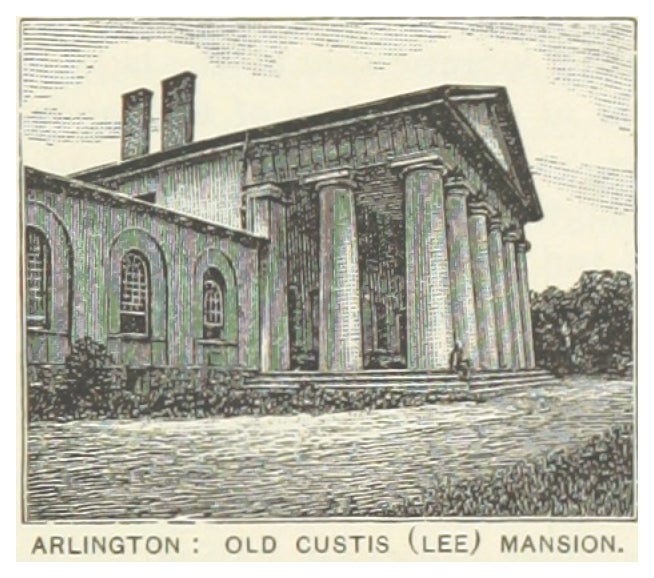
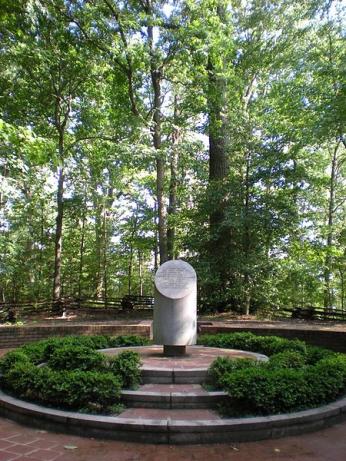
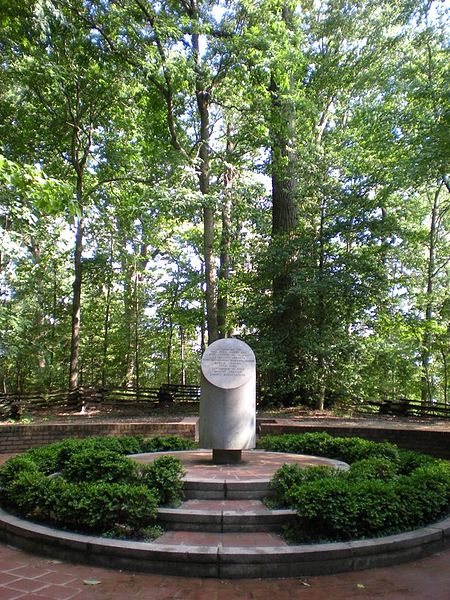
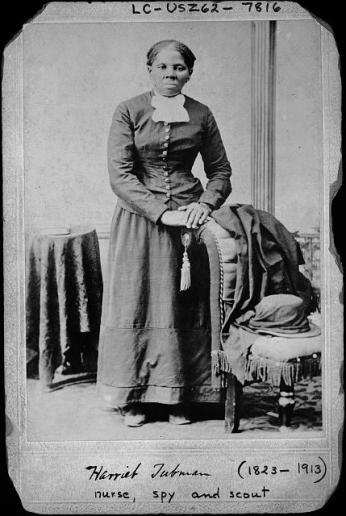
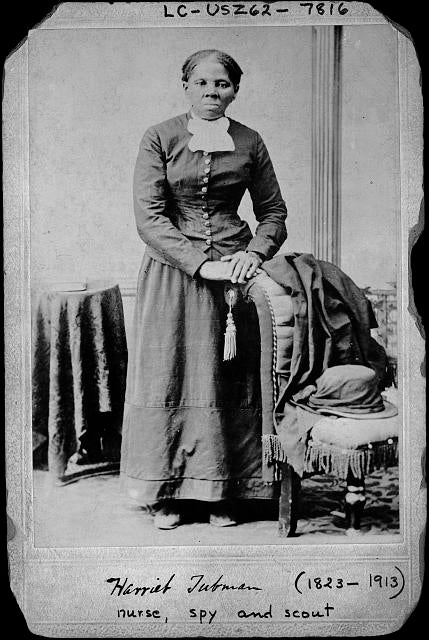
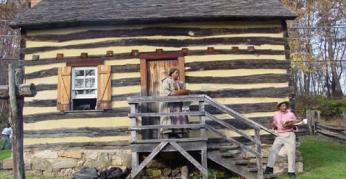
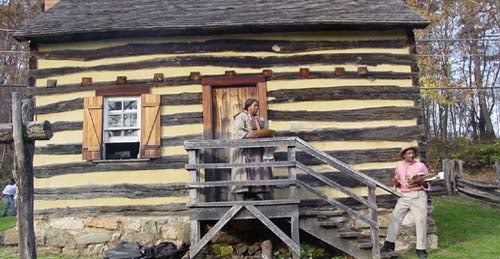
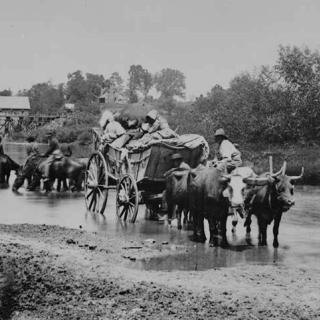
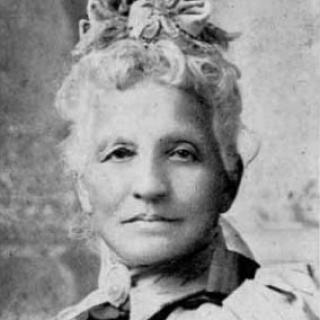

![Sketch of the mythical fuan by Pearson Scott Foresman. [Source: Wikipedia]](/sites/default/files/styles/crop_320x320/public/2023-10/Goatman_Wikipedia_Faun_2_%28PSF%29.png?h=64a074ff&itok=C9Qh-PE1)











